In modern vehicles, infotainment systems have become essential tools rather than optional features. Whether you’re connecting your phone, managing traffic routes, or selecting your favorite playlist, these digital interfaces play a vital role in how we interact with our cars on a daily basis.
While some systems operate smoothly and intuitively, others are plagued by software issues that frustrate users and distract from the driving experience. This comparison of infotainment reliability sheds light on five standout performers and five systems that still need work.
5 Cars That Never Have Software Glitches
1. Tesla Model 3: Seamless Integration and Continuous Innovation
Tesla’s Model 3 sets the gold standard for infotainment systems in the EV sector. Anchored by a crisp 15-inch touchscreen and backed by Tesla’s proprietary software, the system is highly responsive and rarely glitches.
Tesla’s vertical integration of hardware and software ensures seamless performance, enhanced further by frequent over-the-air updates. These updates roll out new features and squash bugs without driver intervention.
Voice recognition, real-time traffic data, and Tesla’s unique charging locator enhance the overall user experience. With almost no reports of system crashes and consistently high user satisfaction, the Model 3 demonstrates that software reliability can go hand-in-hand with advanced innovation.

2. Hyundai Tucson: Reliable Tech in a Practical Package
Hyundai’s Tucson offers an infotainment system that’s as practical as it is reliable. Running on the BlueLink platform with either an 8- or 10.25-inch screen, its interface is responsive, clean, and intuitive.
Touch inputs are recognized instantly, and transitions between apps are smooth. Wireless Apple CarPlay and Android Auto are supported, with minimal connection issues.
Frequent software updates—often OTA in newer trims—help maintain optimal functionality. Voice commands are accurate, and the system rarely freezes, even on long journeys. This consistency makes Tucson a favorite among drivers who value technology that works without glitches.
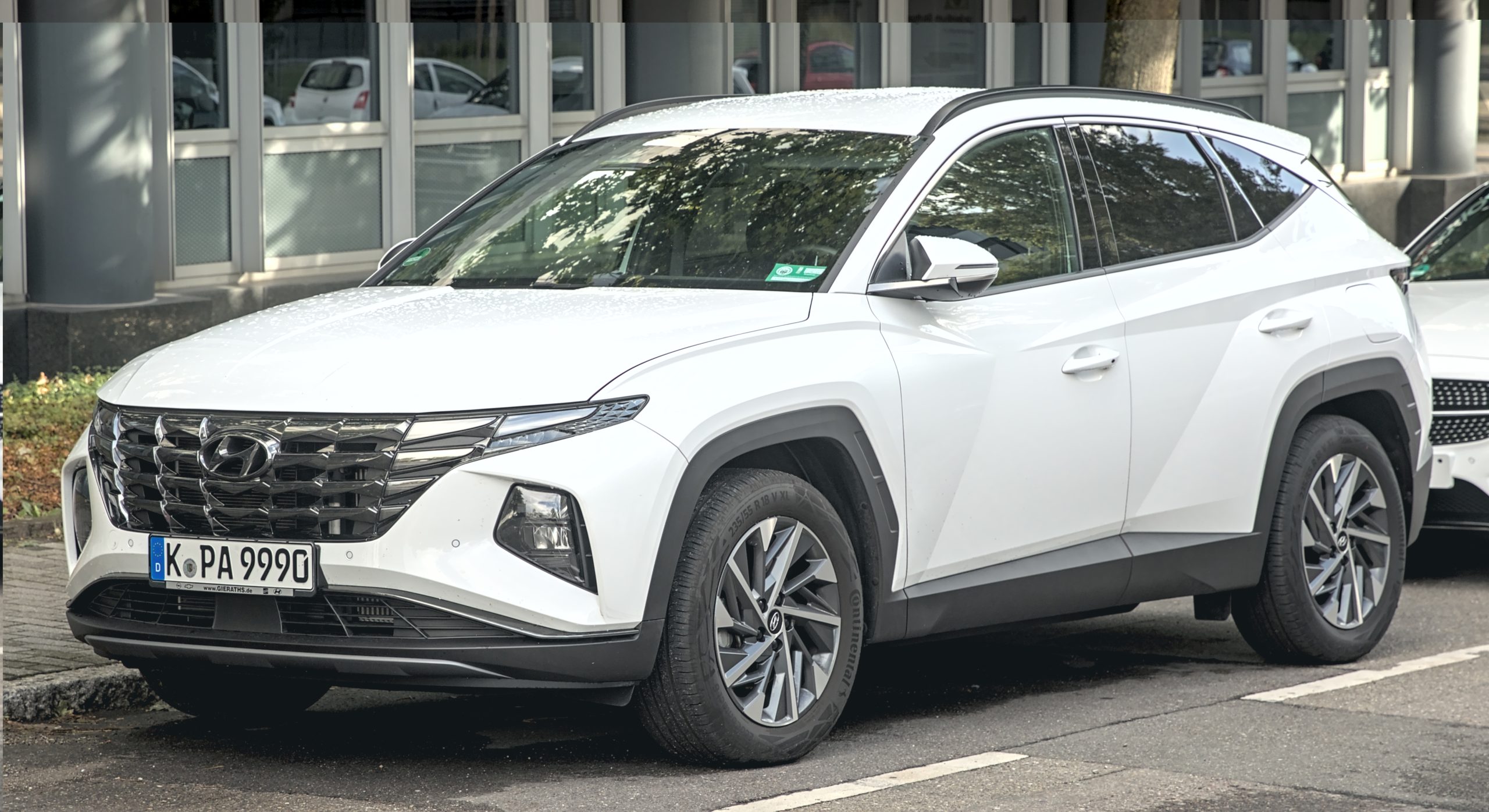
3. Mazda CX-5: Minimalist and Error-Free by Design
Mazda’s CX-5 takes a unique approach by prioritizing distraction-free operation. Instead of relying heavily on touch inputs, it uses a rotary dial controller to navigate its bright, responsive 10.25-inch screen. This setup enhances safety and stability.
The minimal interface and limited touchscreen dependency reduce opportunities for glitches. Apple CarPlay and Android Auto work without issue, and voice commands, though basic, function dependably.
Owners consistently praise the CX-5 for its minimal learning curve and rock-solid infotainment performance. Mazda’s focus on simplicity and usability results in a system that rarely suffers from the common bugs plaguing other brands.
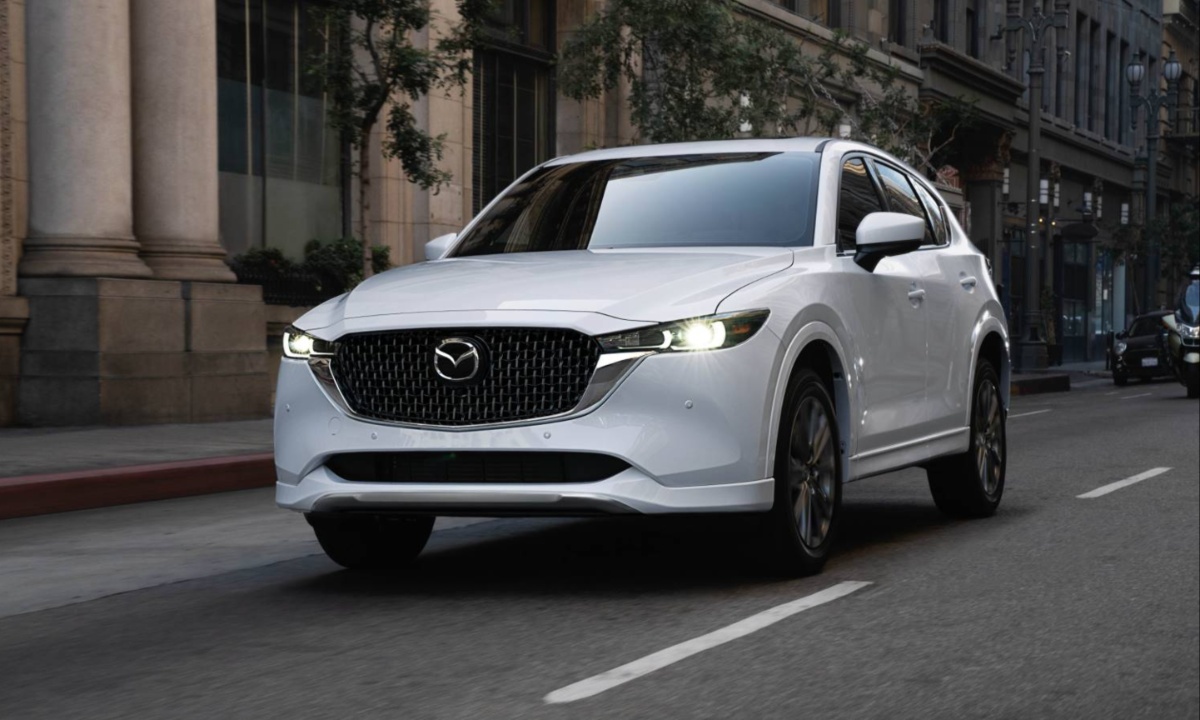
4. Toyota Camry: A Legacy of Dependability in Digital Form
The Toyota Camry continues its legacy of reliability with a dependable infotainment system. Using the Entune platform on either a 7- or 9-inch touchscreen, the Camry provides responsive, stable performance. Wired Apple CarPlay and Android Auto work seamlessly, and system boot-up is quick.
Touch responses remain smooth over time, and voice recognition handles basic functions effectively. Toyota enhances the system with periodic updates that fix bugs and ensure continued stability.
While not flashy, the Camry’s infotainment is user-friendly and free from persistent issues, making it an ideal choice for drivers who prioritize function over form.
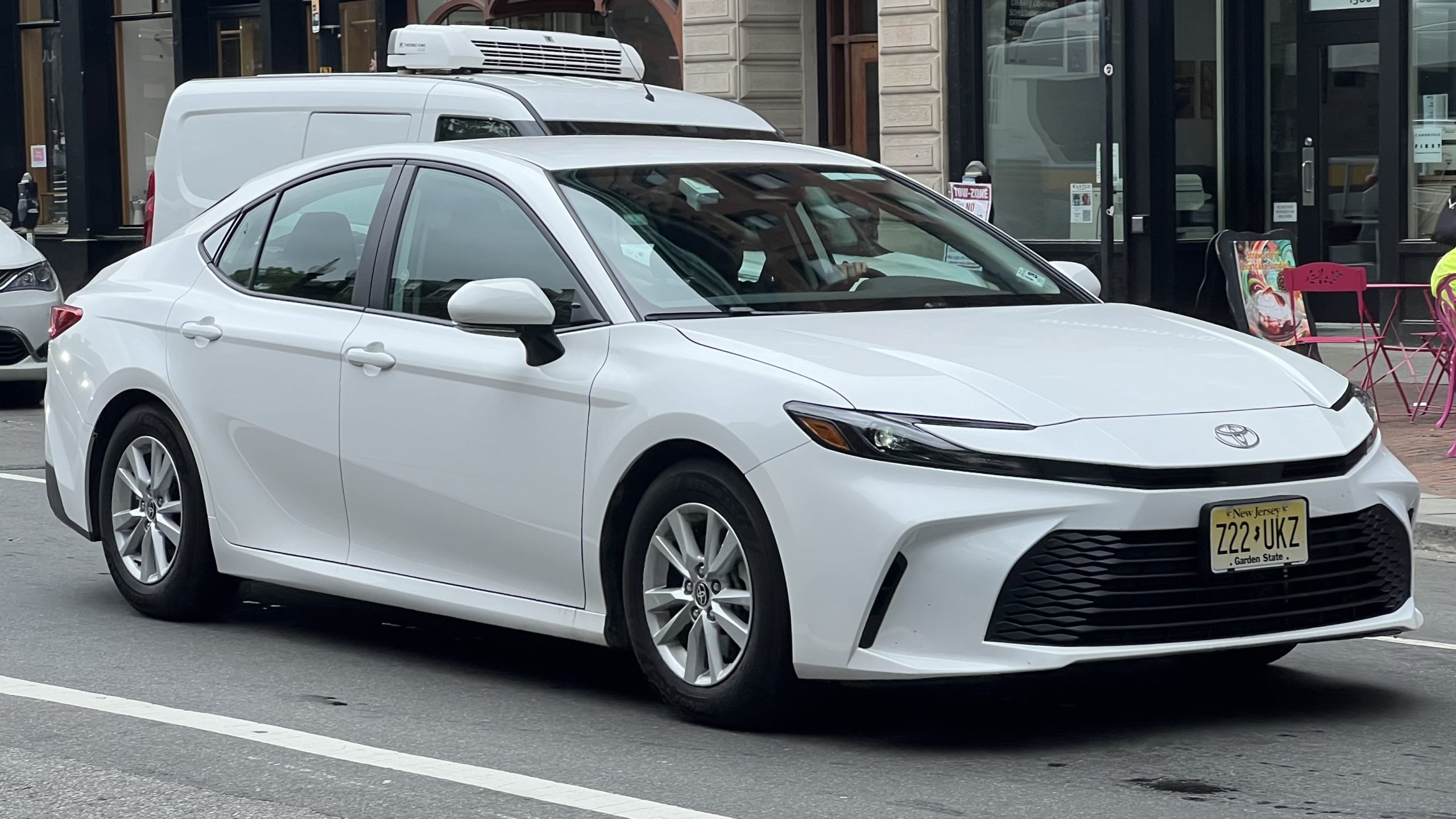
5. Kia Seltos: Tech-Forward and Trouble-Free
The Kia Seltos blends modern technology with robust reliability. Equipped with a 10.25-inch touchscreen powered by the UVO Connect system, it offers crisp visuals and fast performance.
Wireless Apple CarPlay and Android Auto are standard in many trims, and the system supports OTA updates for continuous improvement. The touchscreen remains responsive during long trips, and users rarely report freezing or delays. Voice commands work efficiently, and navigation between menus is fluid.
Kia’s commitment to refining software translates into a system that consistently performs without glitches, appealing to tech-focused drivers seeking both functionality and flair.
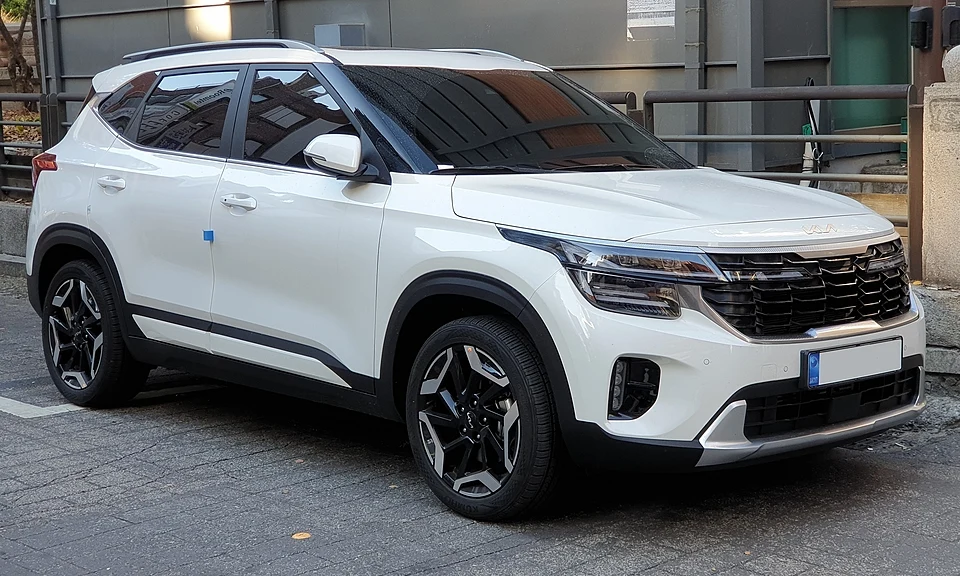
Also Read: 5 Cars With The Most Free Scheduled Maintenance Miles And 5 With None
5 Cars That Need Constant Updates
1. Jaguar F-Pace: Luxury Marred by Lag
Despite its premium branding, the Jaguar F-Pace suffers from a glitch-prone infotainment system. The InControl Touch Pro platform frequently experiences slow boot times, unresponsive touch inputs, and random crashes.
These issues interrupt essential functions like navigation and media playback. Voice recognition struggles to interpret basic commands, and connectivity with Apple CarPlay and Android Auto is unreliable.
Jaguar has attempted fixes via software updates, but user reports suggest persistent flaws across model years. These ongoing issues undermine the luxury experience, making the infotainment system a notable weak point in an otherwise high-end SUV.
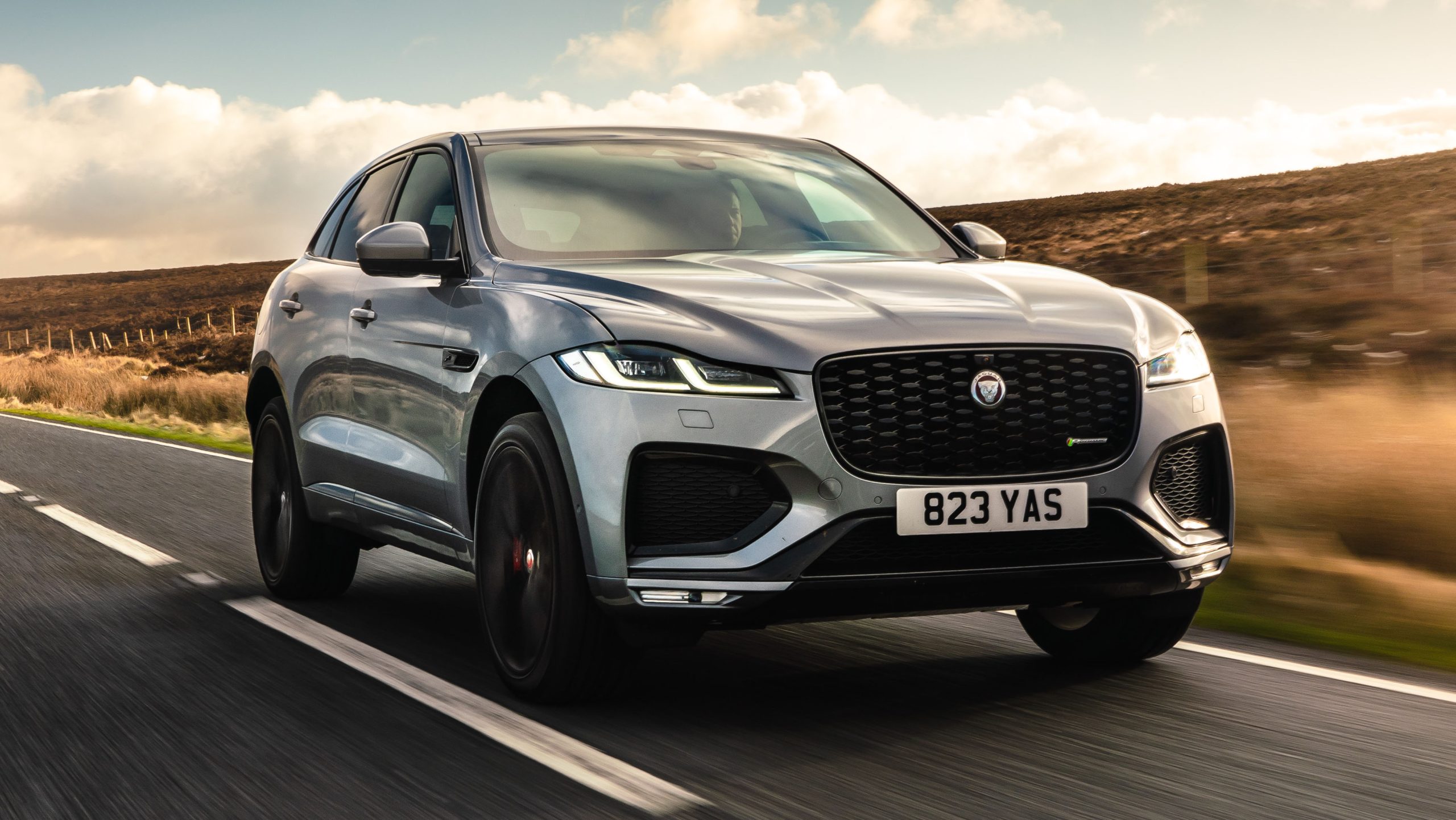
2. Ford Explorer: Syncing Woes in a Family SUV
The Ford Explorer, while practical and spacious, is often criticized for its unreliable infotainment system. Depending on the model year, it features Sync 3 or Sync 4—both of which are plagued by sluggish responsiveness and frequent freezes.
Bluetooth connectivity drops calls and disrupts music playback, while voice commands misinterpret or ignore inputs. Apple CarPlay and Android Auto support is inconsistent, often requiring manual resets.
Despite software updates from Ford, many issues persist. For a vehicle marketed to tech-savvy families, the Explorer’s infotainment underdelivers in both reliability and ease of use.
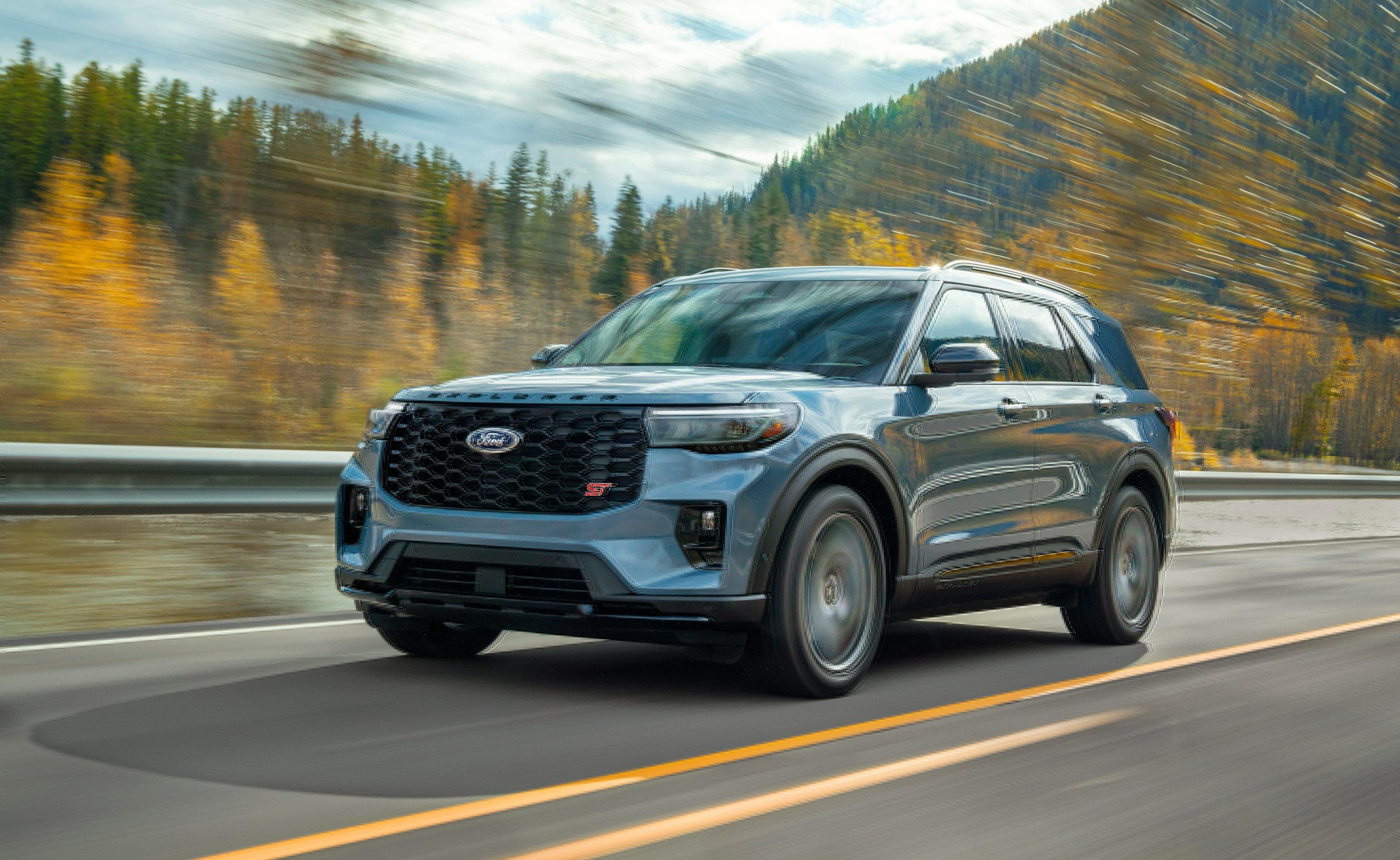
3. Volkswagen Tiguan: Sophisticated Look, Subpar Performance
Volkswagen’s Tiguan comes with a sleek infotainment system based on the MIB platform, but its performance falls short. Users frequently report sluggish touch response, unexpected black screens, and full system crashes.
Navigation between apps can lag, and Bluetooth connectivity is prone to random dropouts. CarPlay and Android Auto often require repeated connections, and the voice assistant rarely recognizes commands accurately.
Though Volkswagen releases occasional patches, they often only partially resolve problems. The disconnect between polished design and unstable software frustrates users, tarnishing the Tiguan’s otherwise stylish appeal.
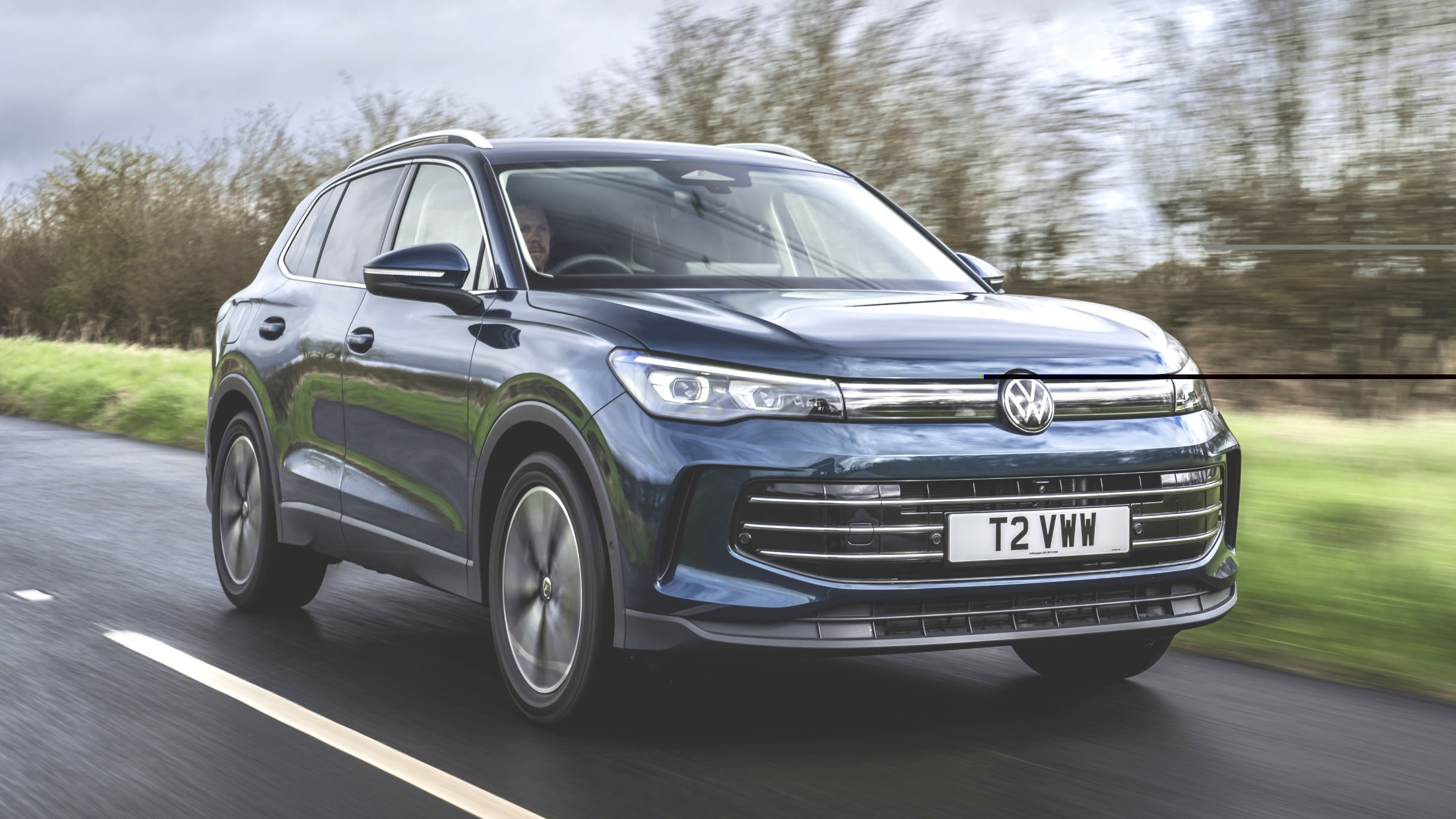
4. Chevrolet Equinox: Basic Interface, Frequent Bugs
Chevrolet’s MyLink infotainment system in the Equinox struggles with reliability, especially in older models. Users complain about slow startup, frequent freezing during calls or navigation, and delayed touchscreen inputs.
System reboots often require restarting the vehicle. Bluetooth and smartphone integration are inconsistent, with regular dropouts. Voice control is similarly unreliable, frequently misunderstanding requests.
While updates have improved stability slightly, the underlying hardware seems outdated. These tech issues detract from the otherwise solid practicality of the Equinox, making it a poor choice for buyers prioritizing smooth digital experiences.
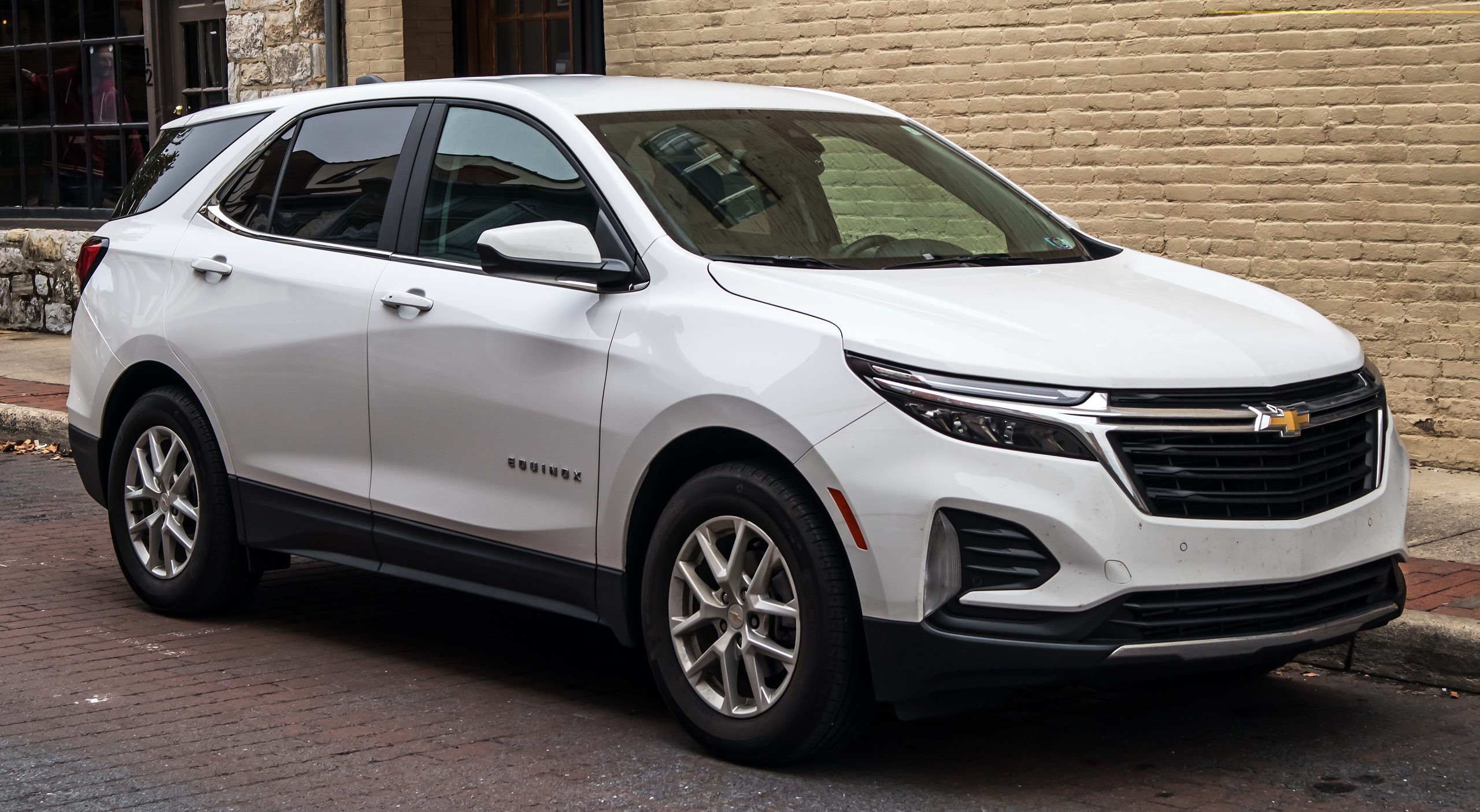
5. Nissan Rogue: User-Friendly Interface, Buggy Execution
The Nissan Rogue features a simple and accessible infotainment layout, but performance problems persist. The NissanConnect system frequently freezes, takes too long to boot, and exhibits lag during input commands. Bluetooth drops are common, and while CarPlay and Android Auto are included, they often disconnect during use.
Voice recognition is inconsistent, leading to driver distraction. Software updates have had limited success in resolving these problems. As a result, many users report ongoing frustration with the system, which detracts from the Rogue’s appeal as a reliable family SUV.
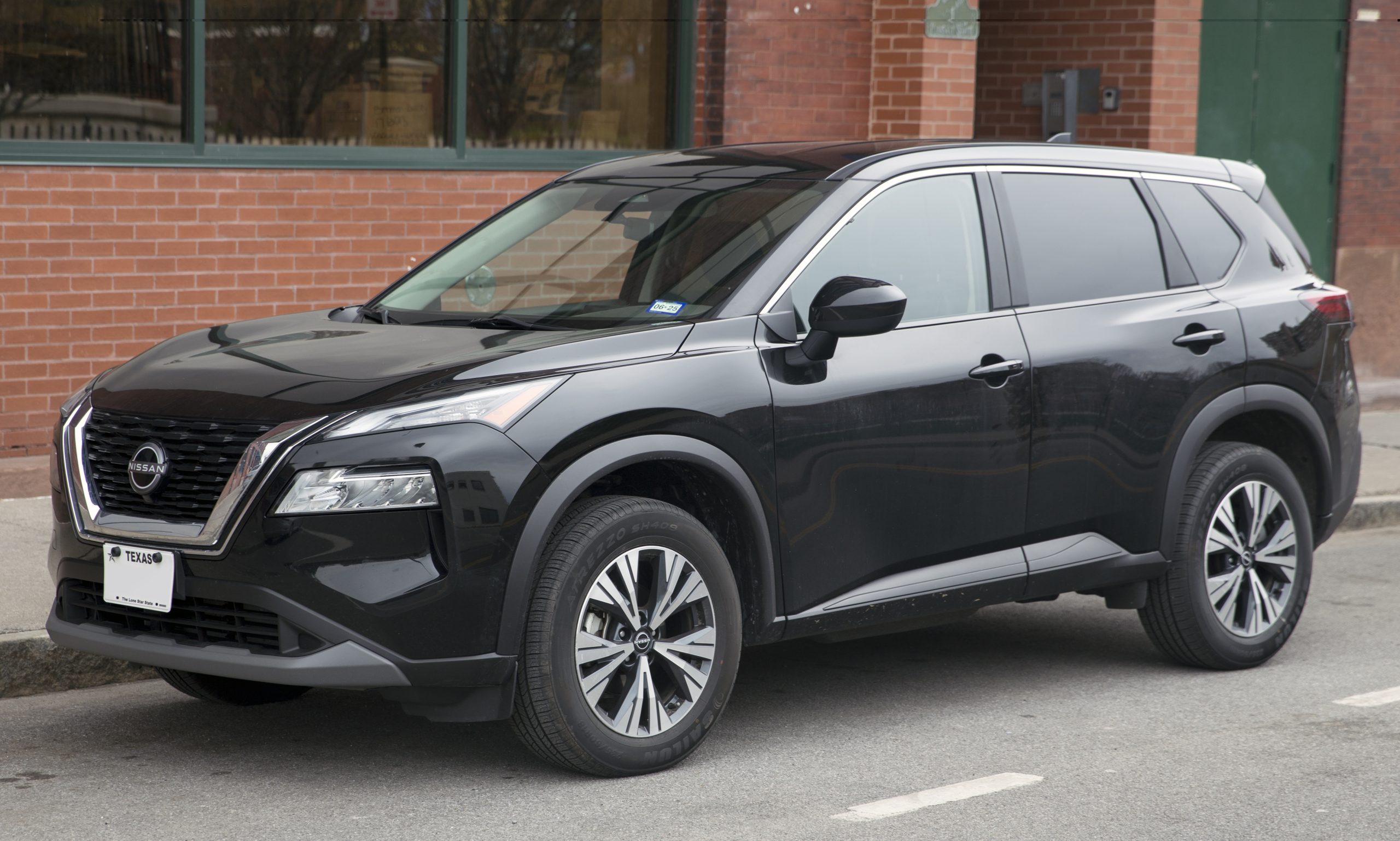
As cars become more technologically advanced, infotainment systems are no longer optional luxuries—they’re central to the driving experience. The contrast between systems that work flawlessly and those that don’t is stark.
Vehicles like the Tesla Model 3 and Hyundai Tucson show how well-integrated software can greatly improve the user experience, while models such as the Jaguar F-Pace and Ford Explorer reveal the drawbacks of poorly executed systems.
When buying a new vehicle, prioritizing infotainment reliability can save time, frustration, and ensure a safer, more enjoyable ride. A dependable digital experience is no longer a bonus—it’s a necessity in the modern era of driving.
Also Read: 5 Cars That Still Drive Like New at 10 Years and 5 That Feel Ancient

